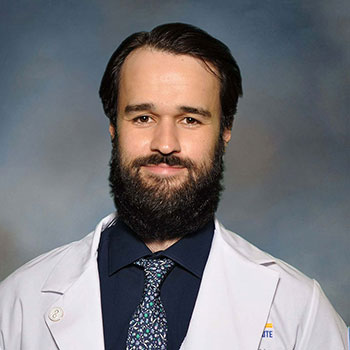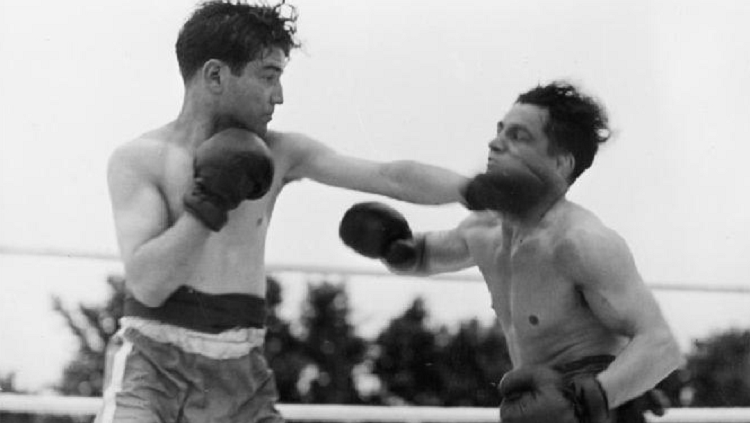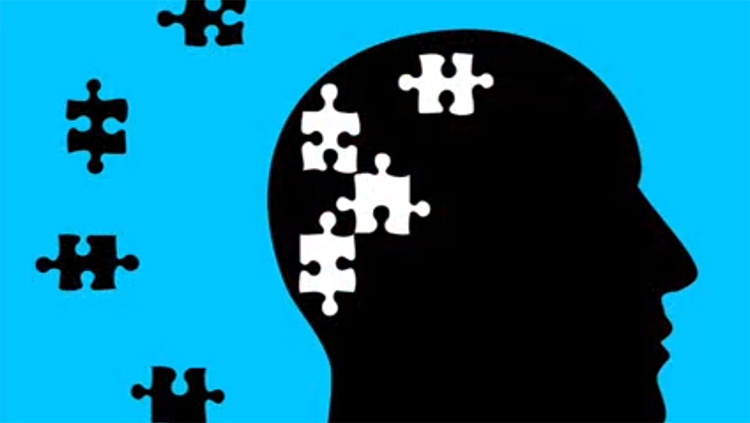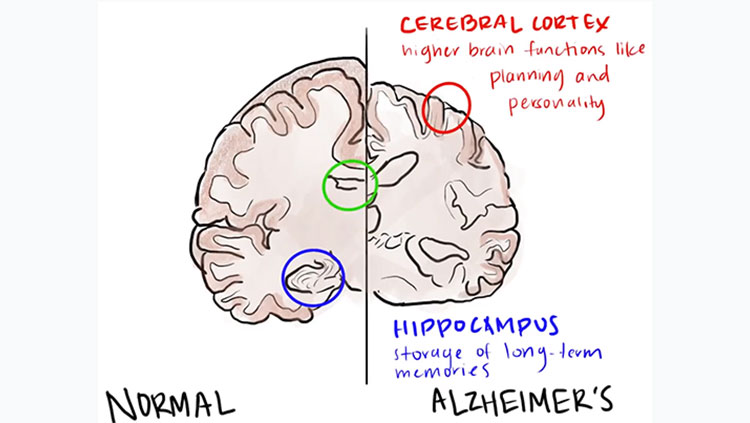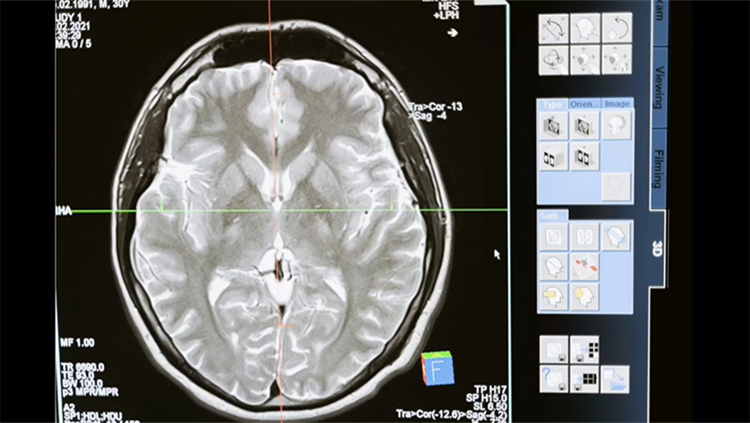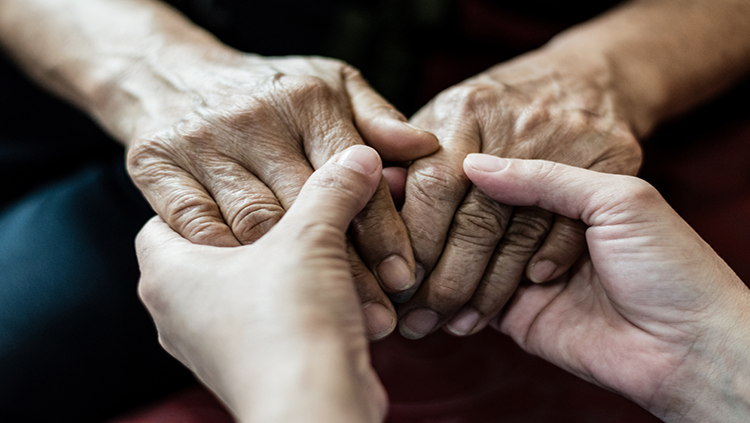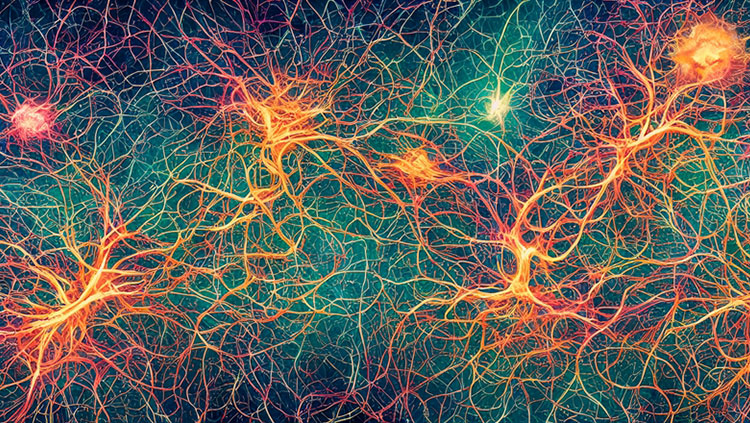Protecting the Game: How Hockey Can Prevent Brain Injury Among Players
- Published22 Apr 2025
- Author Caleb Neal
- Source BrainFacts/SfN
.jpg)
The roar of the crowd, the swift gliding of ice skates, and the force of a well-timed hit are all parts of what makes hockey an electrifying sport. But beyond their speed and skill, hockey players face an often-overlooked challenge: the lasting health implications of the repeated head injuries many of them endure on the ice. Mounting evidence suggests hockey players face a risk of developing chronic traumatic encephalopathy (CTE), a degenerative brain disease linked to sustaining multiple blows to the head.
Researchers who study the link between hockey and CTE are shedding new light on which aspects of the sport pose the greatest threats to players’ health. At the same time, novel safety interventions like equipment advancements and rule changes — particularly at the youth level — aim to mitigate some of these dangers. As the long-term consequences of head trauma in hockey become increasingly clear, the sport faces a critical question: How can players protect themselves without losing the heart and soul of the game?
CTE and Hockey: A Personal Perspective
Former National Hockey League (NHL) player Daniel Carcillo knows the sport’s intensity — and its physical toll. Carcillo spent nine seasons in the NHL playing on various teams. During his time on the Chicago Blackhawks, the team won two Stanley Cups. Carcillo’s fearless style made him a fan favorite, but it also led to numerous head injuries. Throughout his professional hockey career, Carcillo had seven diagnosed concussions, which he says have since led to long-term struggles with substance abuse and other conditions related to traumatic brain injury.
Recurrent concussions are among the potential causes of CTE, though not everyone who experiences those will develop the condition. Head injuries which aren’t severe enough to meet the criteria of a concussion — called sub-concussive blows — are a risk factor, too. But in cases like Carcillo’s, patients can’t receive a definitive diagnosis because CTE can only be identified by analyzing post-mortem brain tissue samples for signs pointing to it, including the abnormal accumulation of tau protein. In living patients, this protein accumulation leads to cell death and symptoms like memory loss, depression, and even aggression. Often, people who are living with probable CTE don’t recognize their own behavioral warning signs, and those symptoms are pointed out by their loved ones.
Hockey players are generally taught to avoid head hits, but the sport is rife with opportunity for potentially dangerous contact, like high-speed collisions between players or with the boards and glass surrounding the rink. In many leagues across the globe, fights between players are also considered a time-honored tradition of the sport. Many hockey enthusiasts believe these physical altercations are integral to the game’s identity, arguing they serve as an important self-policing mechanism.
“Hockey presents a unique combination of collisions, rotational forces, and sudden changes in motion,” said William Kemp, a neurosurgeon at the Virginia Spine Institute (VSI). These factors can cause rotational stress, which happens when forces act on the body while it tumbles or spins, Kemp added. In the brain, this stress can lead to the tau protein accumulation linked to CTE.
Research from Boston University’s CTE Center shows a direct correlation between how long people play hockey and their risk of developing CTE. In a 2024 study, researchers found this risk increased by around a third for each year a player was active in the sport. They also identified distinctive tau pathology patterns in hockey players, suggesting there may be sport-specific injury mechanisms associated with hockey which differ from the types other athletes experience.
Balancing Tradition with Safety in Youth Hockey
The current debate over player safety often centers on youth hockey, where attitudes toward toughness are deeply ingrained. Jeff Jarvis, co-founder and assistant coach of a California-based youth league called the Ventura Vikings, has watched these attitudes evolve over his more than 15 years of coaching.
“I grew up playing hockey in Boston, and we barely talked about concussions. If you took a big hit, you were expected to get back up and keep playing, headache or not,” Jarvis recalled. “Nowadays, there are concussion tests, strict protocols, and even players having to take time off from hockey due to multiple concussions.”
The idea CTE only affects professional athletes remains a major misconception within the world of hockey, Kemp says, but data suggests rule changes in youth leagues have meaningfully improved safety. A 2023 review of multiple studies suggests prohibiting body-checking — the practice of players using their bodies to hit an opponent, typically to gain possession of the puck — significantly reduces injury and concussion rates among young hockey players.
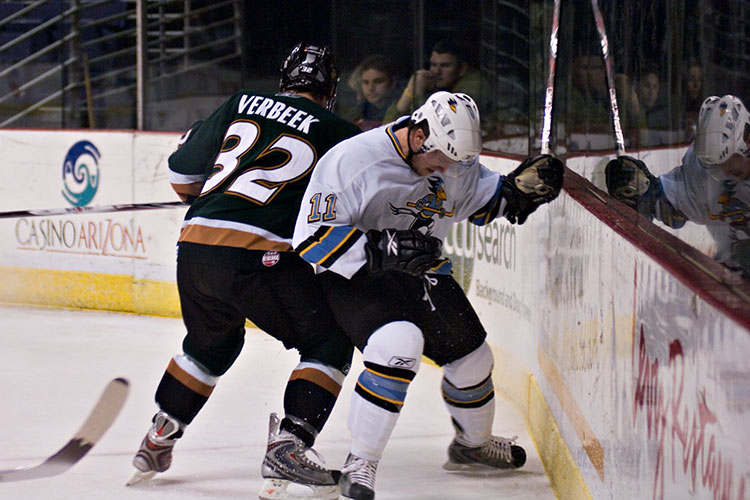
Jarvis applauds the reduction in preventable injuries linked to those safety measures. But he also acknowledges these changes have implications for the game which some spectators may take issue with, like more cautious referees.
Ann McKee, who directs Boston University’s CTE Center, stresses the importance of minimizing head impacts at a young age to reduce players’ risk of experiencing sub-concussive blows. American youth hockey leagues previously allowed players aged 12 and older to body check, but in 2011, USA Hockey — the governing body overseeing those leagues — raised the minimum age to 14.
Kemp advocates for safety changes in adult leagues, too, noting “enforcing stricter rules” would “significantly” reduce opportunities for head injury among those players.
Where Does Hockey Go from Here?
Gear innovation is another factor at the forefront of player safety. Multiple companies market advanced helmets designed to reduce concussion risk. Tools like the Virginia Tech Helmet Rating system help athletes evaluate which helmets to use based on how successfully they manage to do so. But experts say there’s still room for improvement.
"Modern helmets prevent skull fractures but struggle to reduce rotational forces that cause concussions," said Milan Toma, assistant professor and lead researcher at New York Institute of Technology’s College of Osteopathic Medicine. “We need helmets that can absorb and redirect rotational energy.”
Some products are aiming to address this concern, including the Multi-directional Impact Protection System (MIPS), a helmet add-on which reduces the toll rotational stress takes on the brain.
The medical community, meanwhile, is working toward improving outcomes for patients who are grappling with the lasting impacts of traumatic brain injury. McKee’s team is investigating biomarkers and neuroimaging techniques that could one day diagnose CTE in living athletes, which would revolutionize both prevention and treatment. In the meantime, some former athletes with probable CTE are pursuing alternative treatment options.
Carcillo is now a leading advocate in this space. He says he achieved relief for some of his symptoms — including depression and chronic headaches — through therapy involving the psychedelic compound psilocybin. Now, Carcillo believes the drug should play a larger role in concussion management. He founded Experience Onward, a licensed psilocybin service center in Portland, Ore. Researchers are also evaluating other psychoactive substances, like the plant-based drug ibogaine, for their potential ability to treat symptoms of traumatic brain injury.
The road ahead for hockey is complex, requiring a delicate balance between tradition and safety. But all sports evolve over time, as do their fanbases — recent indicators suggest hockey is increasing in popularity across the U.S. By embracing equipment innovations and rule changes, and promoting education on CTE, experts and enthusiasts agree hockey can and must protect its players while preserving the soul of the sport.
CONTENT PROVIDED BY
BrainFacts/SfN
References
Abdolmohammadi, B., Tuz-Zahra, F., Uretsky, M., et al. (2024) Duration of Ice Hockey Play and Chronic Traumatic Encephalopathy. JAMA Network Open, 7(12), e2449106. https://doi.org/10.1001/jamanetworkopen.2024.49106
Goulet, K., & Beno, S. (2023). Sport-related concussion and bodychecking in children and youth: Evaluation, management, and policy implications. Paediatrics & Child Health, 28(4), 252–266. https://doi.org/10.1093/pch/pxad007
Mayer, J., Jose, R., Bekbolatova, M., Coletti, C., Devine, T., Toma, M. (2024) Enhancing Patient Safety through Integrated Sensor Technology and Machine Learning for Bed-Based Patient Movement Detection in Inpatient Care. Artificial Intelligence in Health, 1(2), 132–143. https://doi.org/10.36922/aih.2790
What to Read Next
Also In Neurodegenerative Disorders
Trending
Popular articles on BrainFacts.org


